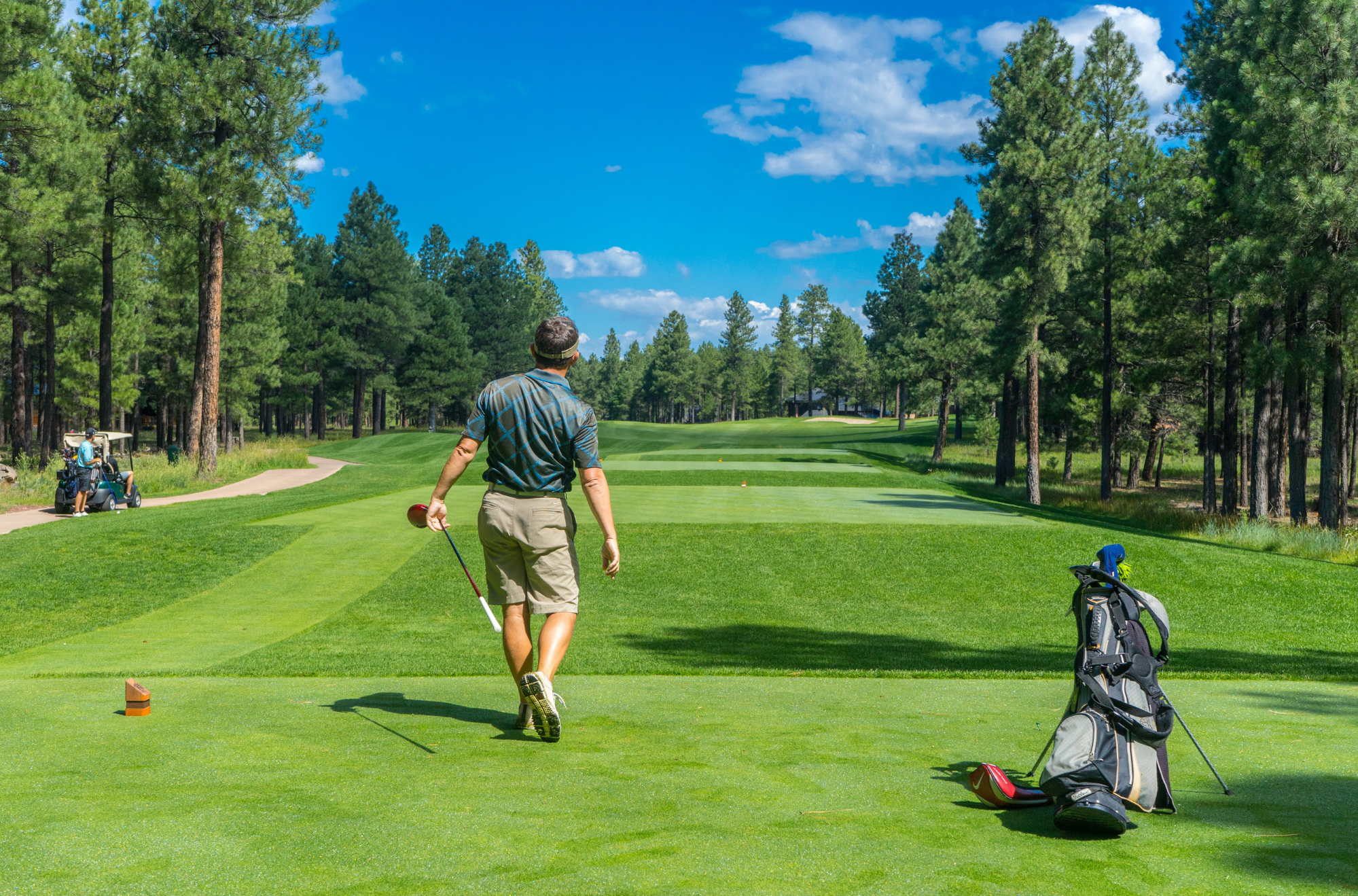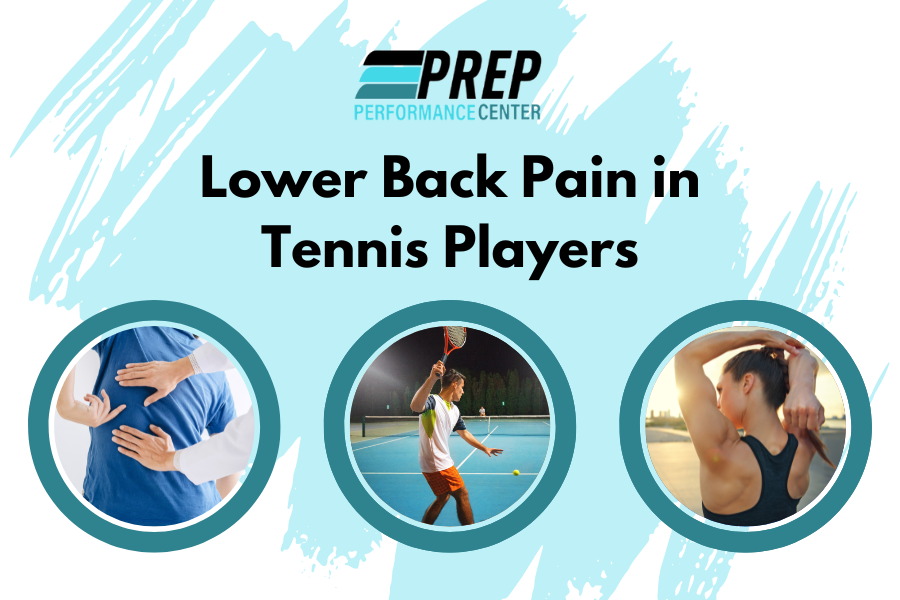Want to end lower back pain when playing golf? Lower back pain is a common problem for golfers, and we …


Want to end lower back pain when playing golf? Lower back pain is a common problem for golfers, and we …

Can tennis cause lower back pain? Athletes push themselves to the limit to achieve great performance. This can cause issues …